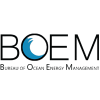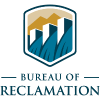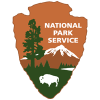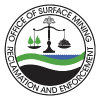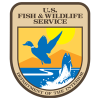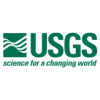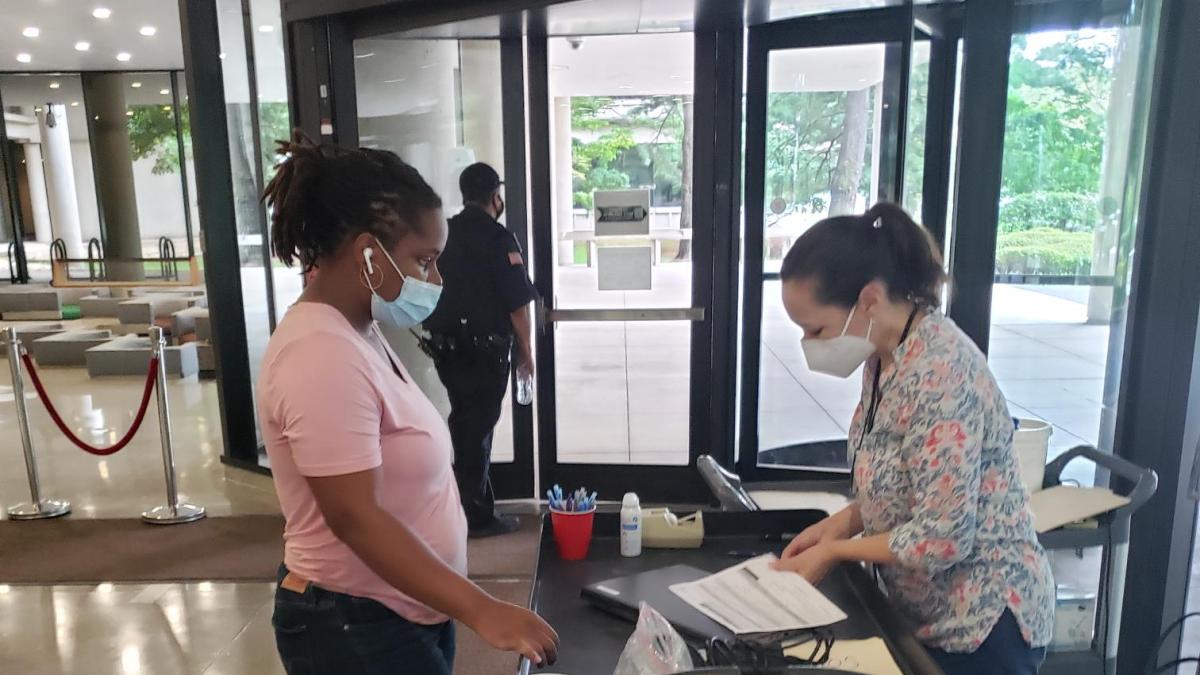
IT Specialist (Customer Support)
This position is available in the following series:
Position Overview
Are you looking for a career with great upward mobility and one where you focus on helping customers and maintaining information technology systems? Consider applying for a Customer Support IT Specialist position which focuses on helping employees to use products and services correctly, efficiently, and effectively. When employees need someone to troubleshoot a device, or cannot get into their systems, it’s the IT Help Desk that gets the call. As an IT Specialist in Customer Support, you will be able to help solve all levels of technology issues that can affect more than 2,500 operating sites and more than 70,000 employees, which all require protection of information and Information Technology (IT) assets.
This position is represented at the following bureaus
Candidate Description
The ideal candidate has a real desire to help people, with a positive approach to problem-solving, utilizing a process-oriented approach focused on providing quality support and creating customer satisfaction. Knowledge of the organization’s mission, programs, and business practices, coupled with knowledge of ticketing systems, basic understanding of security precautions, proficiency with existing and emerging technologies, skill in installing, configuring, troubleshooting, and maintaining the IT end user devices used in the customer environment, incorporated with patience, empathy, and teamwork.
Specialty Areas
Customer Support positions are broken into three levels of technical support identified as Tier 1, 2 and 3.
Tier 1 functions provide basic help desk resolution service desk delivery. Tier 2 functions provide in-depth technical support, while Tier 3 provides expert level product and service support.
All levels work in the areas of:
- Customer Support
- Operating Systems
- Office Automation
- Security
- Internet
Tier I: This is the initial support level responsible for basic customer issues. It is synonymous with first-line support, level 1 support, front-end support, support line 1, and various other headings denoting basic level technical support functions. The first job of a Tier I specialist is to create a ticket, gather the customer’s information and determine the customer’s issue or need by analyzing the symptoms and figuring out the underlying problem, or identifying the correct support team to escalate. This level of support includes resolving username and password problems, uninstalling/reinstalling software applications, verification of proper hardware and software set up, and assistance with navigating around application menus. Personnel at this level have a general understanding of the products and services and may not always contain the permissions required for solving complex issues. This group may include the use of remote-control tools to take over the user’s machine for the sole purpose of troubleshooting and finding a solution to the problem. If no resolution can be found at this level the service request can be escalated to Tier II, Tier III, or Tier IV based on Standard Operating Procedures. This level is also responsible for tracking outages.
Tier II: This is a more in-depth technical support level than Tier I, containing experienced and more knowledgeable personnel on a particular product or service. It is synonymous with level 2 support, support line 2, administrative level support, and various other headings denoting advanced technical troubleshooting and analysis methods. This level of support may be local technicians that focus on full desktop support or Subject Matter Experts (SMEs) for a single product or product line like email support. Some help desks, especially ones that provide specialized application support for multiple applications, use ACD Phone Trees to route calls directly to Tier II technicians where they fill both a Tier I and Tier II role. Technicians in this realm of knowledge are responsible for assisting Tier I personnel solve basic technical problems and for investigating elevated issues by confirming the validity of the problem and seeking for known solutions related to these more complex issues. If a problem is new and/or personnel from this group cannot determine a solution, they are responsible for raising this issue to the Tier III or Tier IV technical support groups based on Standard Operating Procedures. This may include but is not limited to onsite installations or replacements of various hardware components, software repair, diagnostic testing, and the utilization of remote-control tools used to take over the user’s machine for the sole purpose of troubleshooting and finding a solution to the problem.
Work Environment
Work is typically performed in an office setting where typical risks and discomforts that require normal safety precautions occur; however, some work may occur in research facilities or industrial and/or maintenance areas that may require the use of hardhats, hearing protection, or other protective equipment.
Minimum Education Requirements
Please see the Individual Occupation Requirements on the OPM website.
Career Level Requirements
Responsibilities by Level
Entry:
- Diagnoses and resolves recurring problems in response to customer reported incidents; and reports, responds to, and resolves customer requests. Updates and maintains problem tracking/ticketing systems to track and identify customer needs, as well as to discuss requirements with the customer to resolve the customer need.
- Installs, configures, and tests software on customer workstations; and installs, configures, upgrades, and troubleshoots hardware and software components.
- Assists teams responsible for planning and delivering a full range of customer support services to the organization. Participates in evaluating effectiveness of customer support services and provides feedback on impacts of proposed IT initiatives to services.
Mid:
- Recommends customer support procedures, standards, and performance metrics.
- Provides customer training.
- Ensures application of information security/information assurance policies, principles, and practices in the delivery of customer support services.
Journey:
- Develops operational policies, procedures, requirements, practices, and metrics for delivery of customer support services in coordination with the bureau and department. Recommends ways to optimize the delivery of customer support services and the operability, functionality, and security of the Department’s systems.
- Researches, evaluates, and provides feedback on problematic trends and recurring patterns in customer support requirements, and assessing overall customer support effectiveness. Researches, evaluates, and develops new tools to enhance delivery of customer requirements.
- Diagnoses and resolves unique, unusual, difficult and complex problems, providing advice and assistance to minimize interruptions to critical business activities and providing written analysis and guidance to be used when addressing similar problems in the future.
Strengths by Level
-
AccountabilityHolds self and others accountable for measurable high-quality, timely, and cost-effective results. Determines objectives, sets priorities, and delegates work. Accepts responsibility for mistakes. Complies with established control systems and rules.Show Tool TipEntry 5-7Mid 9-11Journey 12-13
-
Attention to DetailIs thorough when performing work and conscientious about attending to detail.Show Tool TipEntry 5-7Mid 9-11Journey 12-13
-
ComplianceKnowledge of procedures for assessing, evaluating, and monitoring programs or projects for compliance with Federal laws, regulations, and guidance.Show Tool TipEntry 5-7Mid 9-11Journey 12-13
-
Creative ThinkingUses imagination to develop new insights into situations and applies innovative solutions to problems; designs new methods where established methods and procedures are inapplicable or are unavailable.Show Tool TipEntry 5-7Mid 9-11Journey 12-13
-
Customer ServiceWorks with clients and customers (that is, any individuals who use or receive the services or products that your work unit produces, including the general public, individuals who work in the agency, other agencies, or organizations outside the Government) to assess their needs, provide information or assistance, resolve their problems, or satisfy their expectations; knows about available products and services; is committed to providing quality products and services.Show Tool TipEntry 5-7Mid 9-11Journey 12-13
-
Decision MakingMakes sound, well-informed, and objective decisions; perceives the impact and implications of decisions; commits to action, even in uncertain situations, to accomplish organizational goals; causes change.Show Tool TipEntry 5-7Mid 9-11Journey 12-13
-
Influencing/NegotiatingPersuades others to accept recommendations, cooperate, or change their behavior; works with others towards an agreement; negotiates to find mutually acceptable solutions.Show Tool TipEntry 5-7Mid 9-11Journey 12-13
-
Information ManagementIdentifies a need for and knows where or how to gather information; organizes and maintains information or information management systems.Show Tool TipEntry 5-7Mid 9-11Journey 12-13
-
Interpersonal SkillsTreats others with courtesy, sensitivity, and respect. Considers and responds appropriately to the needs and feelings of different people in different situations.Show Tool TipEntry 5-7Mid 9-11Journey 12-13
-
LearningUses efficient learning techniques to acquire and apply new knowledge and skills; uses training, feedback, or other opportunities for self-learning and development.Show Tool TipEntry 5-7Mid 9-11Journey 12-13
-
Oral CommunicationExpresses information (for example, ideas or facts) to individuals or groups effectively, taking into account the audience and nature of the information (for example, technical, sensitive, controversial); makes clear and convincing oral presentations; listens to others, attends to nonverbal cues, and responds appropriately.Show Tool TipEntry 5-7Mid 9-11Journey 12-13
-
Organizational AwarenessKnows the organization's mission and functions, and how its social, political, and technological systems work and operates effectively within them; this includes the programs, policies, procedures, rules, and regulations of the organization.Show Tool TipEntry 5-7Mid 9-11Journey 12-13
-
PartneringDevelops networks and builds alliances; collaborates across boundaries to build strategic relationships and achieve common goals.Show Tool TipEntry 5-7Mid 9-11Journey 12-13
-
Problem SolvingIdentifies problems; determines accuracy and relevance of information; uses sound judgment to generate and evaluate alternatives, and to make recommendations.Show Tool TipEntry 5-7Mid 9-11Journey 12-13
-
Project ManagementKnowledge of the principles, methods, or tools for developing, scheduling, coordinating, and managing projects and resources, including monitoring and inspecting costs, work, and contractor performance.Show Tool TipEntry 5-7Mid 9-11Journey 12-13
-
ReasoningIdentifies rules, principles, or relationships that explain facts, data, or other information; analyzes information and makes correct inferences or draws accurate conclusions.Show Tool TipEntry 5-7Mid 9-11Journey 12-13
-
ResilienceDeals effectively with pressure; remains optimistic and persistent, even under adversity. Recovers quickly from setbacks.Show Tool TipEntry 5-7Mid 9-11Journey 12-13
-
Strategic ThinkingFormulates effective strategies consistent with the business and competitive strategy of the organization in a global economy. Examines policy issues and strategic planning with a long-term perspective. Determines objectives and sets priorities; anticipates potential threats or opportunities.Show Tool TipEntry 5-7Mid 9-11Journey 12-13
-
Teaching OthersHelps others learn through formal or informal methods; identifies training needs; provides constructive feedback; coaches others on how to perform tasks; acts as a mentor.Show Tool TipEntry 5-7Mid 9-11Journey 12-13
-
TeamworkEncourages and facilitates cooperation, pride, trust, and group identity; fosters commitment and team spirit; works with others to achieve goals.Show Tool TipEntry 5-7Mid 9-11Journey 12-13
-
Technical CompetenceUses knowledge that is acquired through formal training or extensive on-the-job experience to perform one's job; works with, understands, and evaluates technical information related to the job; advises others on technical issues.Show Tool TipEntry 5-7Mid 9-11Journey 12-13
-
WritingRecognizes or uses correct English grammar, punctuation, and spelling; communicates information (for example, facts, ideas, or messages) in a succinct and organized manner; produces written information, which may include technical material, that is appropriate for the intended audience.Show Tool TipEntry 5-7Mid 9-11Journey 12-13



